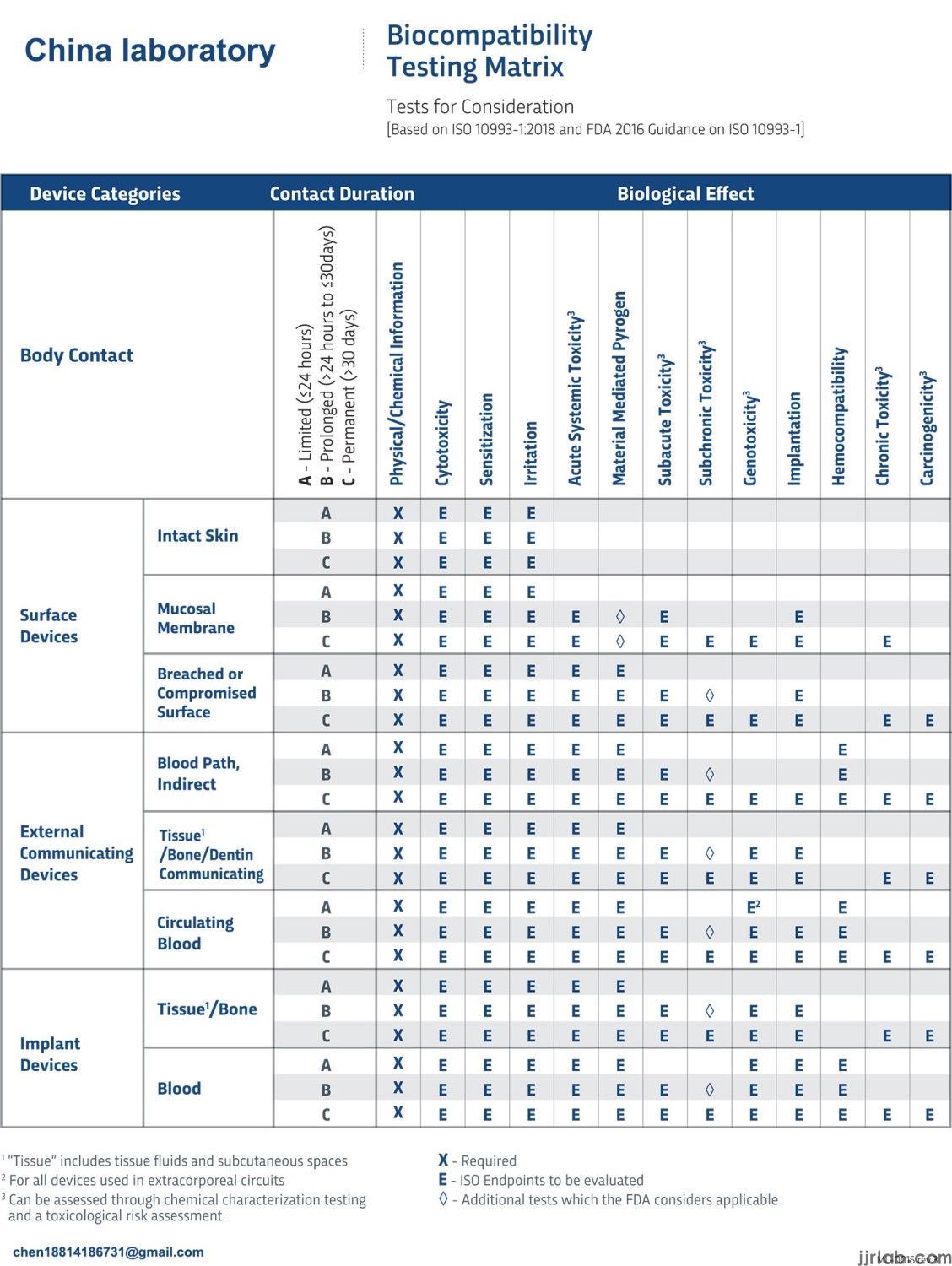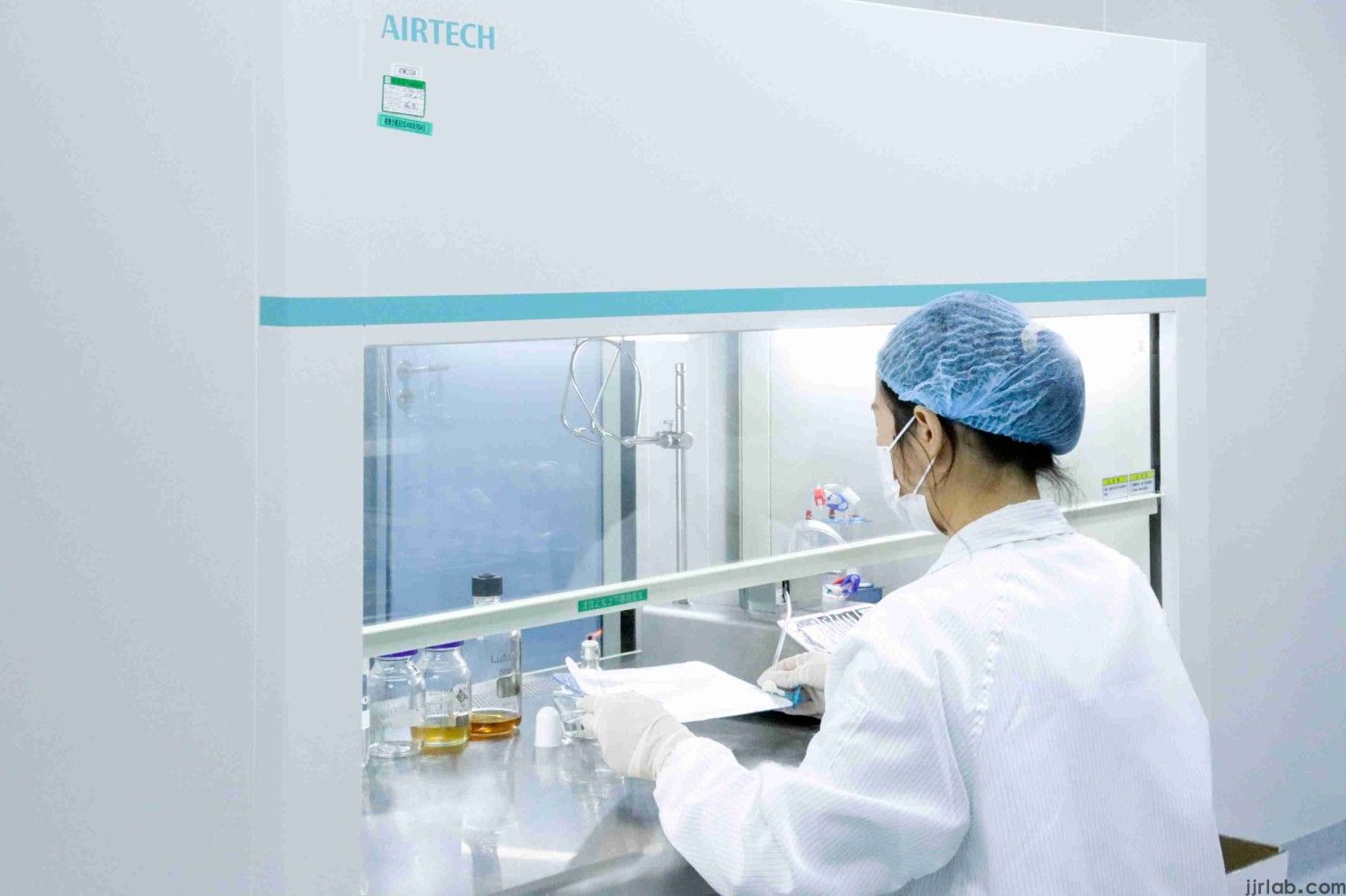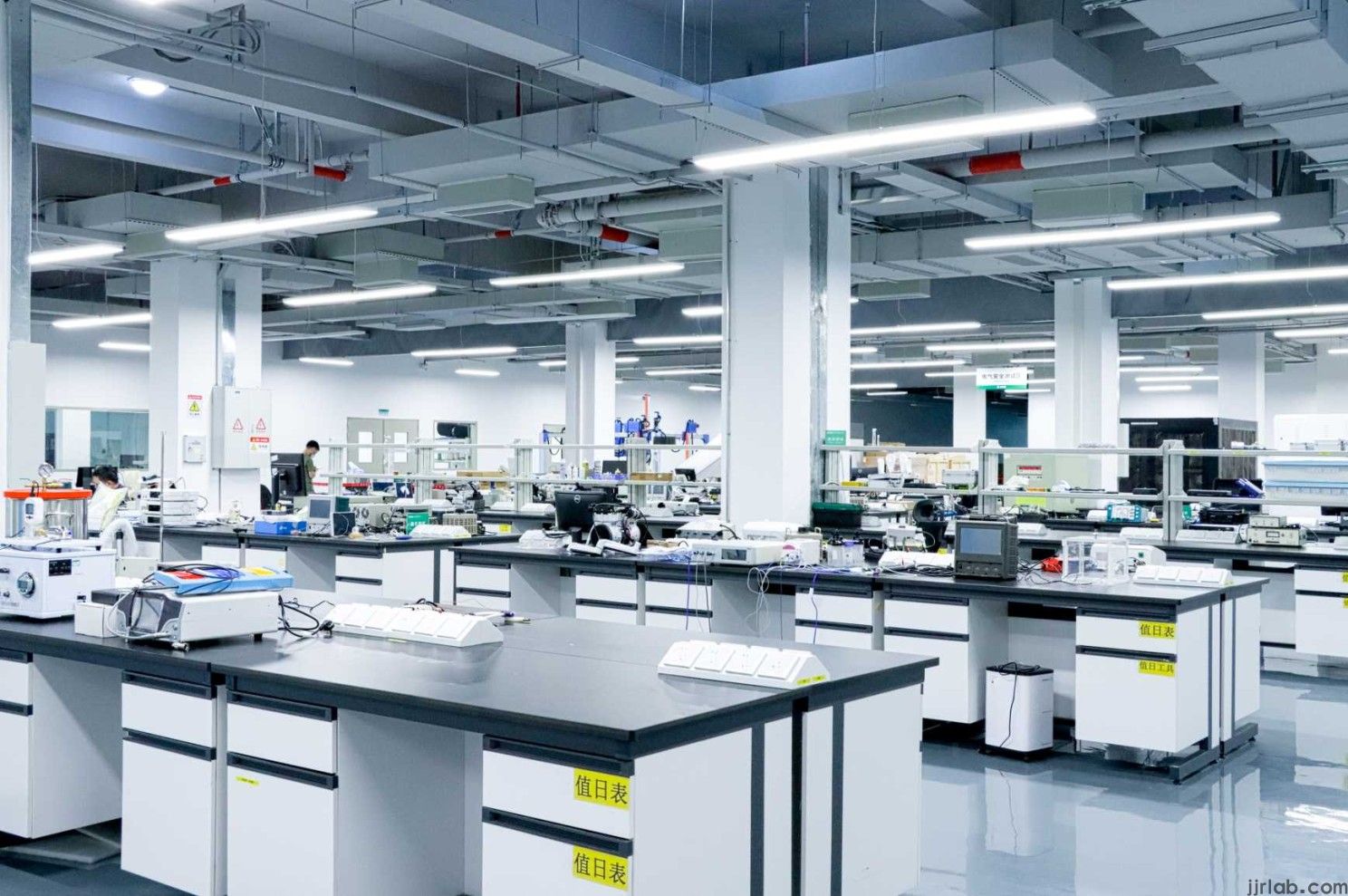
Biocompatibility Test for Dental Materials
Effects of Dental Materials on Health
The simplest definition of biocompatibility is the ability of a substance to exist within living things without harming them. The biocompatibility of a dental material refers to the ability of the material to provide the desiRED function, without causing any undesirable local or systeMIC effects in the body. Threrfore, the material shoULd not cause any kind of allergic; toxic; inflammatory response; nor any other undesirable reaction in the individual.

2,000 Different Dental Materials
Today, there are over 2,000 different dental materials in use, and no one material is 100% suited for everyone. Because each of us possesses a unique biochemistry, these substances effect each of us differently and in varying degrees. For some, the effects of certain substances (and their corrosion byproducts) can be toxic and hazardous, and may result in serious health problems. If you happen to be reactive to any one of the different metals, compounds, chemicals, and products used in dentistry, these materials could present a serious immune system challenge, or energetic blockage of the associated acupuncture meridians to distant areas of the body. See teeth to body relationship chart. Unlike a food, which can be readily removed from the diet, if you are reactive to a dental material is placed in your mouth, it’s there—24 hours a day.

Benefits of Testing for Biocompatibility of Dental Materials
Determining the compatibility of dental materials is also important for those who have existing allergies, because all diseases and health issues stress the immune system, and if you are reactive to one or more dental materials, you will be placing an extra burden on your immune system. The purpose of biocompatability testing prior to dental treatment is to select the materials that are the least immune challenging,and then adhere to those chosen materials, when continuing with your dentistry. The body is being constantly exposed to harm from everything from bacteria, viruses to environmental toxins, and even everyday stress—so why expose it unnecessarily to dental materials that you may be reactive to? You can’t control your external, environmental pollution, but you can control the pollution in your mouth!

BIOCOMPATIBILITY TEST FOR DENTAL MATERIALS
The reactive or non-reactive effects to dental materials may vary in each of us, especially in patients with special health concerns.In my office, everyone is tested for biocompatability of potential dental materials, to develop their “dental menu” of dental materials for use, when dentistry is required. In addition, we test for the most effective, least reactive local anesthetic at every visit.
The two methods of testing are:
1. Selective Kinesiology
Applied Kinesiology makes use of muscle strength as an indicator of an organism’s orderly or disturbed state of health. Muscle strength is influenced by the energy fields of objects in close association with the body. I utilize Kinesiology and a testing kit of all of the sample materials, which I might use in my dental treatment. A positive response (muscle strength) indicates a material which would be acceptable for that patient, while a negative response (muscle weakness) indicates a material that would not be chosen for that patient.
2. Materials Reactivity Testing
“Materials Reactivity Testing” is a laboratory screening process used to help identify existing sensitivity problems to various chemical groups in an individual patient. I use this form of testing with patients who are known to be very chemically sensitive.The test provides a list of all the commonly used dental materials and will evaluate whether you are suited or not well suited to over 2,000 individual dental materials.
Email:hello@jjrlab.com
Email:hello@jjrlab.com
Write your message here and send it to us
 What Are the Testing Items of California Propositi
What Are the Testing Items of California Propositi
 E-Cigarette EU TPD Testing
E-Cigarette EU TPD Testing
 Testing Certification for E-cigarettes Exported to
Testing Certification for E-cigarettes Exported to
 What is Amazon US CPC Certification?
What is Amazon US CPC Certification?
 UK Toy Safety Regulation Standard EN 71-13
UK Toy Safety Regulation Standard EN 71-13
 What is EU UFI Registration?
What is EU UFI Registration?
 EU UFI Registration for E-cigarette E-liquid
EU UFI Registration for E-cigarette E-liquid
 How to get the MSDS Report for Electronic Cigarett
How to get the MSDS Report for Electronic Cigarett
Leave us a message
24-hour online customer service at any time to respond, so that you worry!




